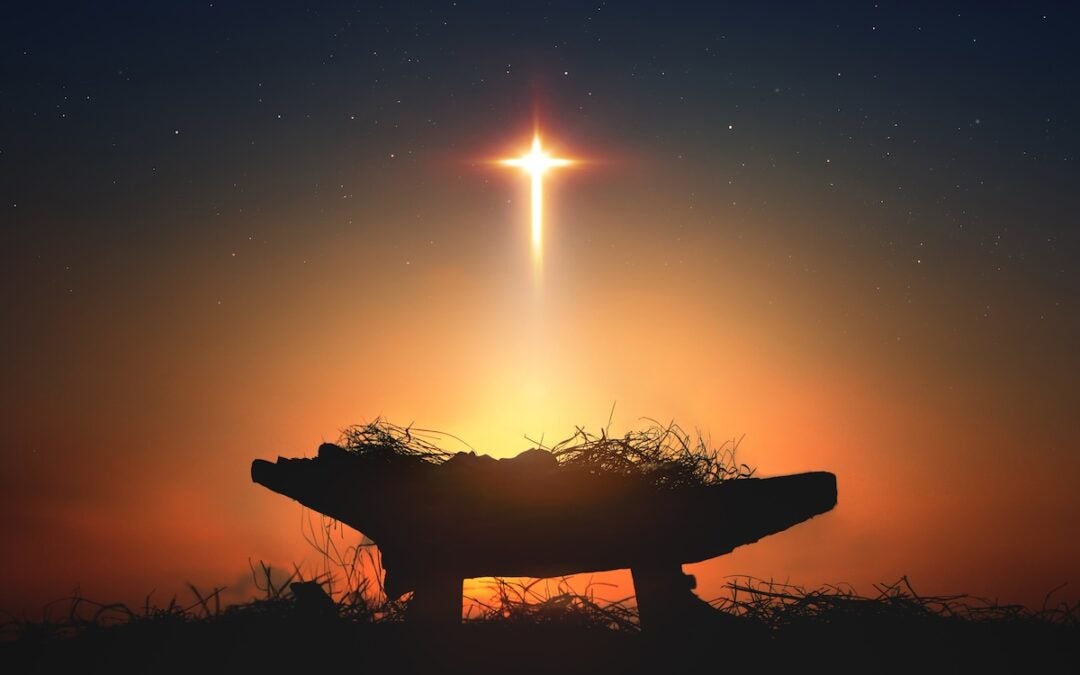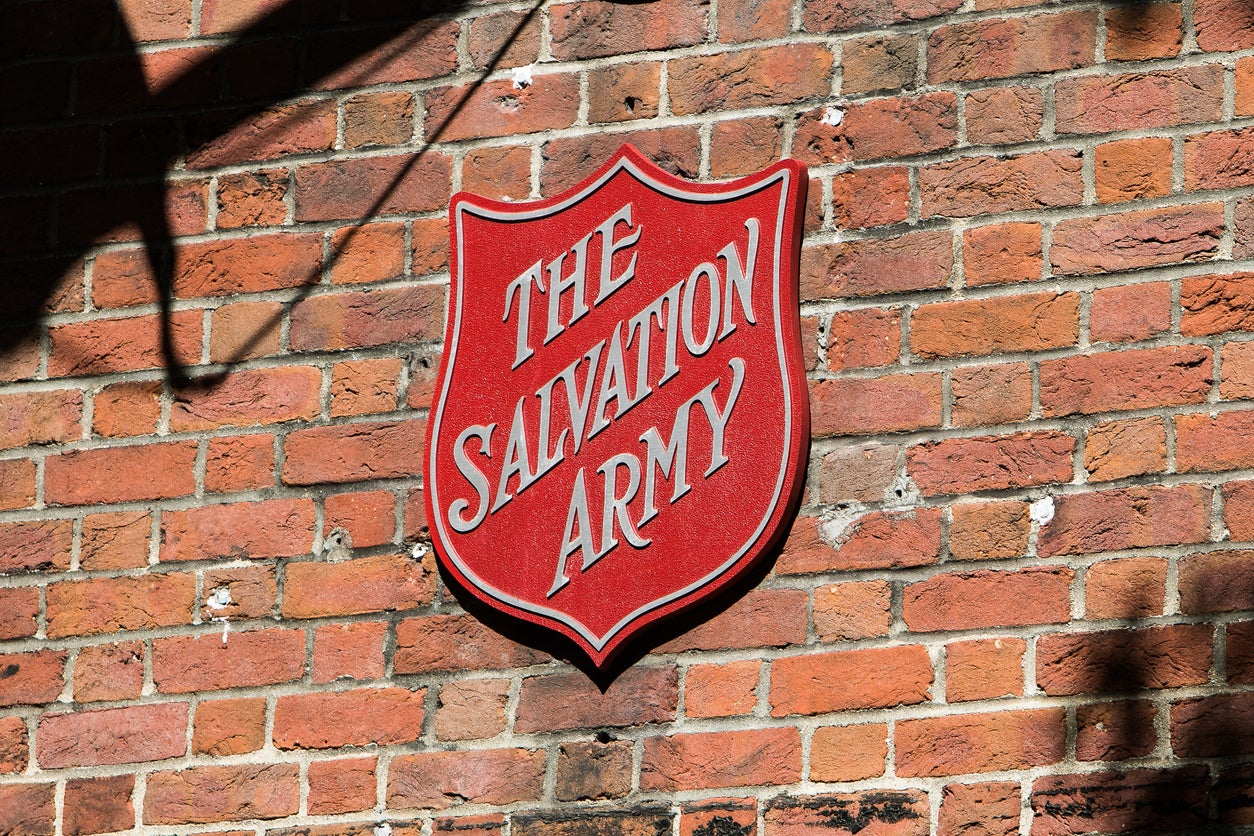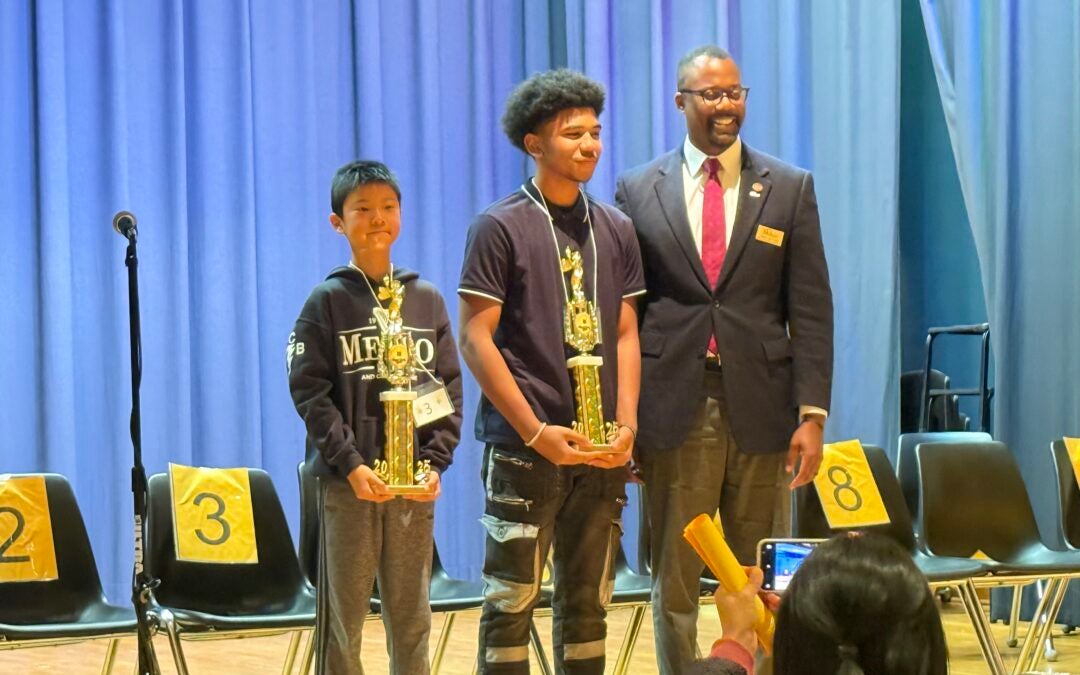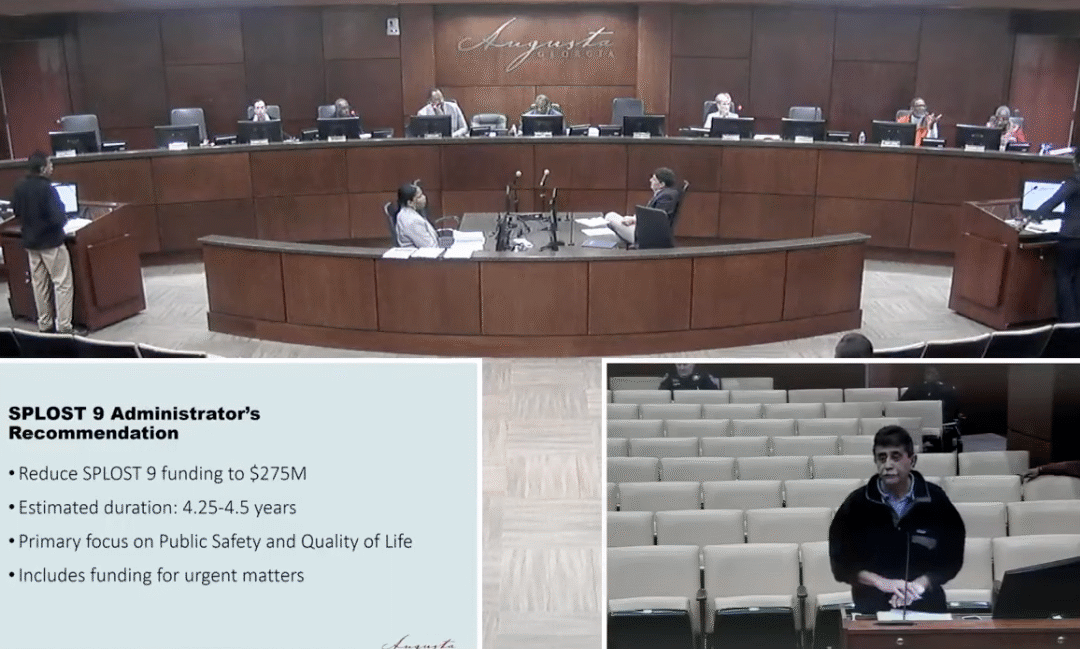Every year on Nov. 1, Christians around the world pause to celebrate the Feast of All Saints, a radiant day of thanksgiving and holy memory. It is one of the great feasts of the Church’s calendar, standing as a beacon of hope between the solemn reflection of All Hallows’ Eve and the prayerful commemoration of All Souls’ Day. Together, these observances form All Hallows’ Tide, a sacred triad that invites believers to contemplate the mystery of life, death, and everlasting communion with God.
When I sing or hear the hymn “I Sing a Song of the Saints of God,” I look forward to its reminder that saints are not only those canonized by the church, but also ordinary people, our parents, mentors, and friends whose lives reflected the light of Christ. It ends with a simple aspiration: “I mean to be one too.”
All Hallows’ Eve, the vigil before All Saints’ Day, began as a time of preparation, a night of watchfulness and prayer, later interwoven with folk tradition, i.e., Halloween. It symbolizes the threshold between the visible and invisible Church, between the living and the departed.
The next morning, All Saints’ Day honors that great multitude of believers, named and unnamed, who now live in the fullness of God’s presence. The saints we remember are not confined to the pages of history or the stained glass of sanctuaries. They include the ordinary faithful who bore extraordinary light, those who followed Christ so closely that their lives became windows of divine grace.
On November 2, All Souls’ Day extends prayer to all the faithful departed, especially those still being perfected in God’s mercy. It is a loving act rooted in the conviction that no life is lost to God, that every soul journeys toward the same eternal communion. Thus, All Saints’ and All Souls’ Days reflect two sides of one truth: the triumph of divine love over the finality of death.
This season of remembrance has personal meaning for me. On Oct. 24, my brothers, who are twins, and I marked the 18th anniversary of our mother’s death. I had the privilege of caring for her during her final months. It was an experience filled with tenderness and grace for both of us. Though she was preparing for her journey through death to the near presence of God, her Creator, her greatest concern remained her “boys”, that we would be all right without her.
Our father had passed 22 years earlier, and when our mother died, at ages 42 and 39, my brothers and I felt a deep sense of loss. Two weeks after her funeral, as I celebrated the Eucharist at my congregation here in Augusta, I prayed for the repose of the soul of our Missionary Baptist mother, believing her to be among “the multitude of saints in light.” That thought continues to bring comfort.
To remember the dead as saints is more than sentiment; it is an act of faith. In the Apostles’ Creed, Christians proclaim belief in “the communion of saints,” affirming that the living and the departed are united in Christ’s body. The dead are not gone; they belong now to the company of saints who surround us as a “great cloud of witnesses.”
This remembrance transforms grief into gratitude. When we honor those who have gone before us, we acknowledge that their lives still illuminate ours. Their prayers mingle with ours in worship, uniting heaven and earth in praise. All Saints’ Day, then, is not only about historic heroes of faith but also about those who shaped our everyday journeys, our parents, mentors, teachers, and friends who bore the light of Christ into our world. I served as a priest and pastor for 30 years. Some of the saints that I mean to be like are and were those who love God and neighbor, who were kind and cared for the poor and the hungry, those who visited those in prison. They were and are people just like most of us!
To view the dead as saints is to recognize resurrection already at work. It reminds us that holiness is not achievement, but it is participation in Christ’s life. Remembering them renews our call to live with faith, compassion, and courage, so that others may one day see in us the same light that once inspired our hearts.
Ultimately, the Feast of All Saints proclaims not our own victory, but God’s. It affirms that every life held in divine love is transfigured in glory. The saints are not far from us; they are witnesses that salvation is real, that love is stronger than death, and that by grace, we too will join their glad procession in the eternal light of Christ.









